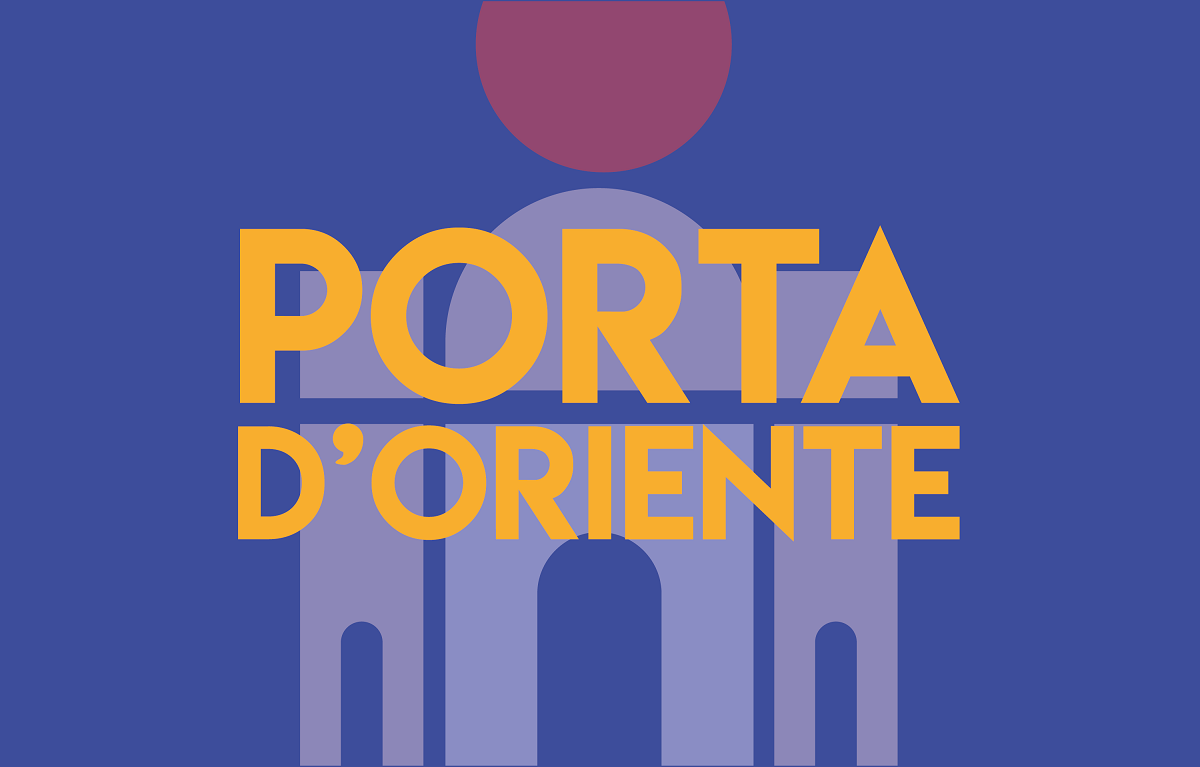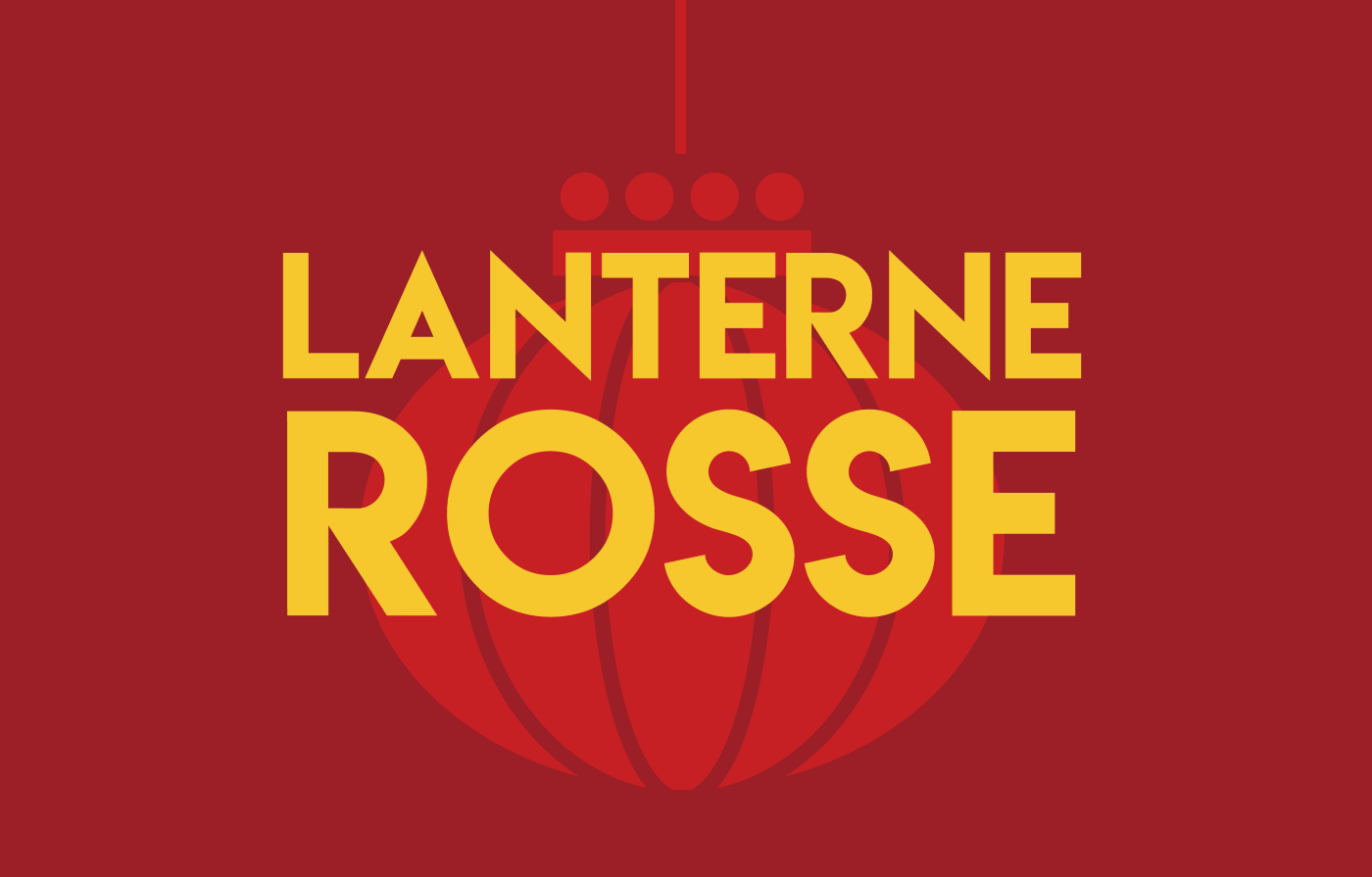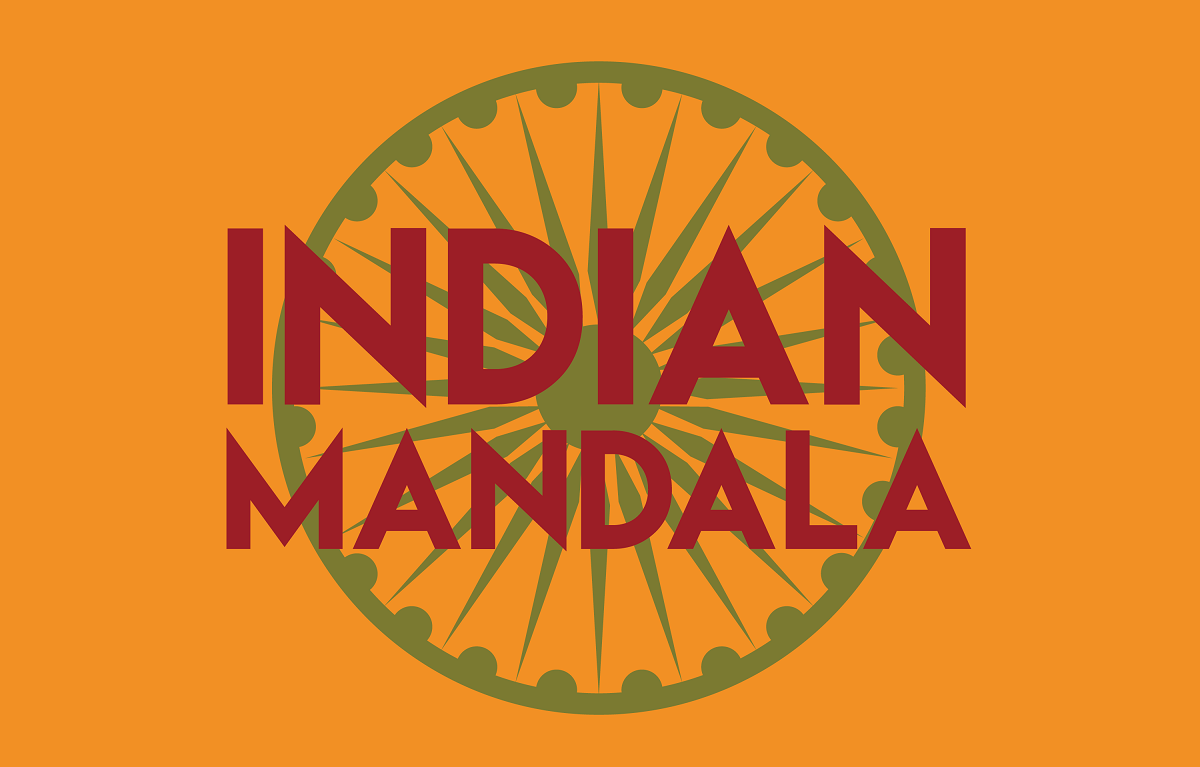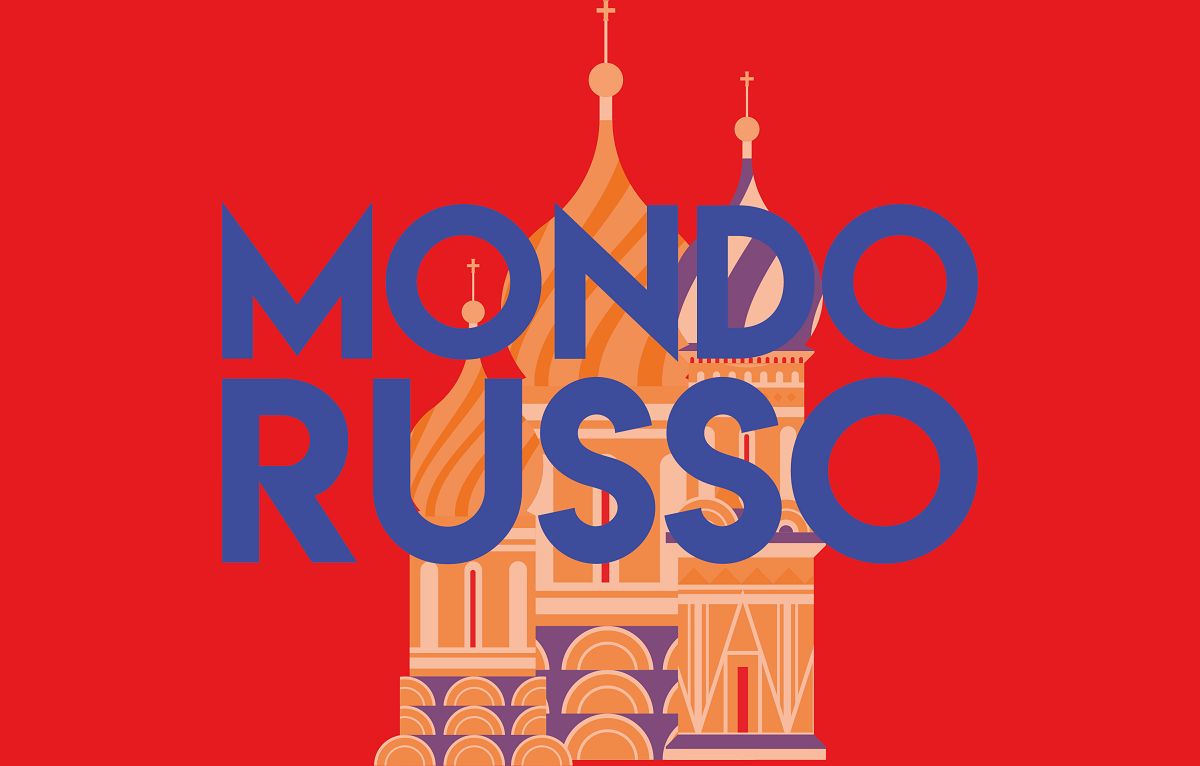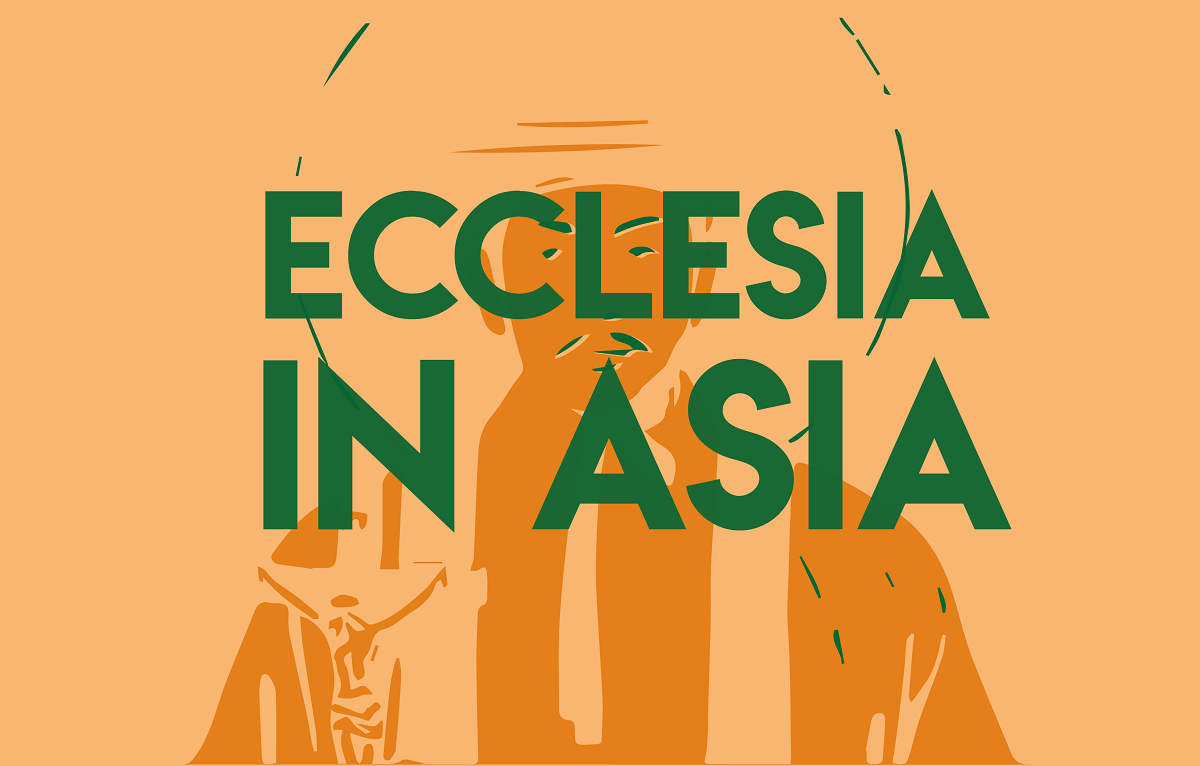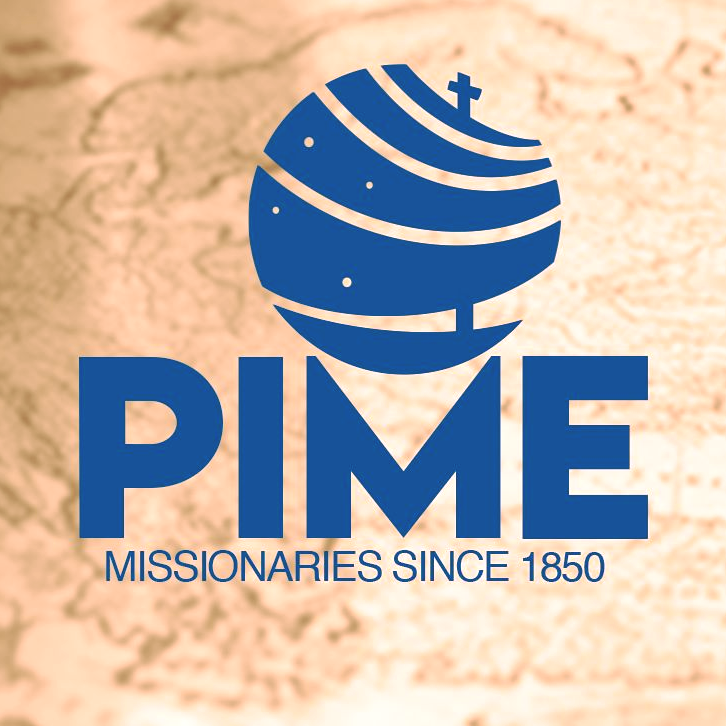Sebastia also target of violence in the West Bank
The archaeological site north of Nablus linked to the memory of John the Baptist targeted by settlers (and the Israeli army) attacks. The death of a 14-year-old boy hit by a soldier's bullets. Scholar Carla Benelli to AsiaNews: ‘Heritage to be preserved, handed down and shared. Respecting the identity of all: Jews, Christians and Muslims’.
Milan (AsiaNews) - A historical and cultural heritage to be rediscovered, preserved and handed down to future generations in order to keep alive the richness of a past that bears witness to the succession of eras and dominations.
The disputed land where, in the wake of the war in Gaza, is witnessing a hike in tensions between Palestinians and Israelis, with settlers - backed by the army - multiplying their attacks. And it is the youngest who die, as happened in recent weeks, with the killing of a 14-year-old.
This work in which (also) international archaeologists and Christian organisations play a leading role, operating in a critical context following very precise directives, as Carla Benelli, professor, art historian and head of cultural projects at Pro Terra Sancta, explains to AsiaNews: ‘It is labour intensive but it works. Starting with the children, telling them the story correctly, using key words that are: respect, moderation, balance. Finding,' she continues, “that right compromise that respects and does not humiliate the other”.
Sebastia: symbolic ‘case
The village of Sebastia, located about 10 km north-west of Nablus in the West Bank, is in many ways a ‘symbol’ of the riches, dramas and unresolved conflicts that pit Israelis and Palestinians against each other in a Holy Land, and tormented by Christians, Jews and Muslims.
Populated since the fourth millennium BC by the Canaanites, it is among the oldest sites with a stable population in the region, while its name derives from the Israelite king Omri who took possession of the hill and renamed it Samaria.
An important economic and cultural centre that crosses the northern mountains and the Jordan valley, over time it saw alternating Assyrian, Babylonian and Persian dominations, then Alexander the Great - who destroyed and rebuilt it - and the Roman emperor Augustus who ceded it to King Herod of Judea, who gave Sebaste its name.
In the next phase, Byzantine, Abbasid, Crusader, Ayyubid, Mamluk and Ottoman rule alternated. Just outside the perimeter of the ancient city, there is what local tradition identifies as the tomb of John the Baptist, on which first a basilica and now a mosque were built, although it has remained one of the most symbolic places of Christian pilgrimage in the area.
Disputed for millennia by the various empires that have succeeded one another, Sebastia is a mirror of Palestine's past and present, a strip of land between the sea and the river, a place in the middle between Europe, Africa and Asia, even today it is coveted and disputed by Israelis and Palestinians.
AsiaNews diplomatic sources in Jerusalem, on condition of anonymity, recall how blood continues to flow in the area and how, since the Hamas attack on Israel, incursions and violence by the occupiers have multiplied. ‘Settlers and soldiers,’ they recount, ’raid parts of the village every night.
Last week, Israeli soldiers opened fire and killed a Palestinian boy only 14 years old, called Ahmad Rashid Rushdi Jazar. The bullets fired by the soldiers hit him in the chest, and there was no point in rushing him to hospital, the wounds were too severe'.
This is an emblematic incident, but certainly not an isolated one, because, as the mayor himself, Mohammad Azem, denounces, the army is used to making raids ‘firing bullets, tear gas and grenades at citizens and their homes, opening fire and killing minors, injuring many others’.
From Nablus to Hebron, from Ramallah to East Jerusalem, a second conflict is unfolding, overshadowed, at least so far, by the devastation in Gaza.
‘The death of the child,’ resumes the AsiaNews source, “is no longer news” because to the 48,000 or so victims in the Strip, one must add the more than 860 deaths in the West Bank since 7 October 2023.
‘And it is precisely the West Bank,‘ he continues, “that is Israel's real interest, because Gaza may be worth it from an economic point of view, because of the deposits off the coast, but on a religious and spiritual level it is ”Judea and Samaria’ that counts. This is the heart of the conflict: for settlers and religious people, present in the current Israeli executive, they are the places of the Bible and have a greater interest than the Strip'.
Archaeology, resource and obsession
In a region where religion, history and traditions become conflicting elements, even archaeology turns into a factor of tension, so much so that some scholars speak of a ‘national obsession’ for Israel after the foundation of the state in 1948.
Excavation operations accelerated after the 1967 Six-Day War, also involving East Jerusalem and the West Bank in violation of the 1954 Hague Convention and UNESCO directives protecting cultural property under military occupation.
Still today, observers explain, Benjamin Netanyahu's government uses archaeology as a weapon to ‘consolidate’ the occupation. In particular, the site of Sebastia has been on the list of Israeli parks since 1967 and not even the 1993 Oslo Accords have changed its nature, because part of the site in Area C was included in a list of 12 areas of ‘historical importance’ for the Jewish state.
The freezing of the peace process has also blocked the creation of a joint Israeli-Palestinian committee to manage it, leaving it in Israeli hands, which has announced a multi-million dollar investment and development plan in the last two years that includes Sebastia.
The controversy surrounding the site, explains Carla Benelli, is ‘symptomatic of the attachment to the land, of how history and archaeology, but above all religion, are arguments [used] to acquire resources, including those of the past that are among the most important’.
The West Bank, the art historian continues, which ‘for radical Jews is Judea and Samaria and has a direct link to the Bible’ is an integral part of this conflict. An attempt is underway, she continues, to ‘make it an important place for the Jewish nation, with multi-million dollar investments in enhancement’, even at the expense of the Palestinian village where attacks by settlers and the army are increasingly frequent. Despite this, the Pro Terra Sancta operators - together with the municipality and Mosaic Centre - continue their projects, enhancing what the area has to offer: ‘From the village of 3,000 inhabitants clinging to the hill, to the site that dominates its summit, the necropolis, the tomb of Saint John the Baptist and the remains of King Omri's palace,’ says Carla Benelli, ‘to the Roman forum that ideally represents the division between the village and Area C.
A common heritage
The long-term goal - or at least the hope - is that archaeology and cultural heritage can become a ‘common’ good for Israelis and Palestinians, for Christians, Jews and Muslims.
Leaving behind abuse, violence and oppression, or even just specious accusations such as those made by Israel against the Palestinians of Sebastia ‘guilty’ of ‘not valuing’ the sites of the Bible and, for this, legitimising an expropriation and the expulsion of the locals.
The approach not only concerns the Jewish state because, always in that context, there are Palestinian authorities and local leaders who go so far as to deny a Jewish presence in the past, committing a historical forgery even in the face of evidence.
To clarify the approach of scholars in such a complex framework, she recalls the words of Fr. Michele Piccirillo: ‘I worked with him for a long time,’ recalls Carla Benelli, ‘and he used to say that if we want to save the Christian communities in these territories, we must start precisely from the sharing of the [Christian and non-Christian] cultural heritage, which cannot be exclusive property.
‘We must not make the same mistakes,’ he continued, ‘because [the sites] are the heritage of all the communities that now live in these territories, which must be known and valued not only from the perspective of pilgrimages and religious tourism, which also brings wellbeing’.
Starting from the tomb of St John the Baptist, a prophet also recognised by the Islamic tradition, in the case of Sebastia or the work being done in Bethany, on the tomb of Lazarus, which is located under the mosque.
‘We must ensure that the Muslim community also appreciates history, does not erase it but considers its cultural, social and economic value. This,' he concludes, ’is the virtuous approach, uniting Christians, Muslims and Jews in a peaceful world, remembering that one's brother or sister, even if of a different faith, enjoys the same rights. The survival of one's own and of the historical and cultural heritage passes through sharing, not exclusivity'.
GATEWAY TO THE EAST IS THE ASIANEWS NEWSLETTER DEDICATED TO THE MIDDLE EAST. WOULD YOU LIKE TO RECEIVE IT EVERY TUESDAY? TO SUBSCRIBE, CLICK HERE.





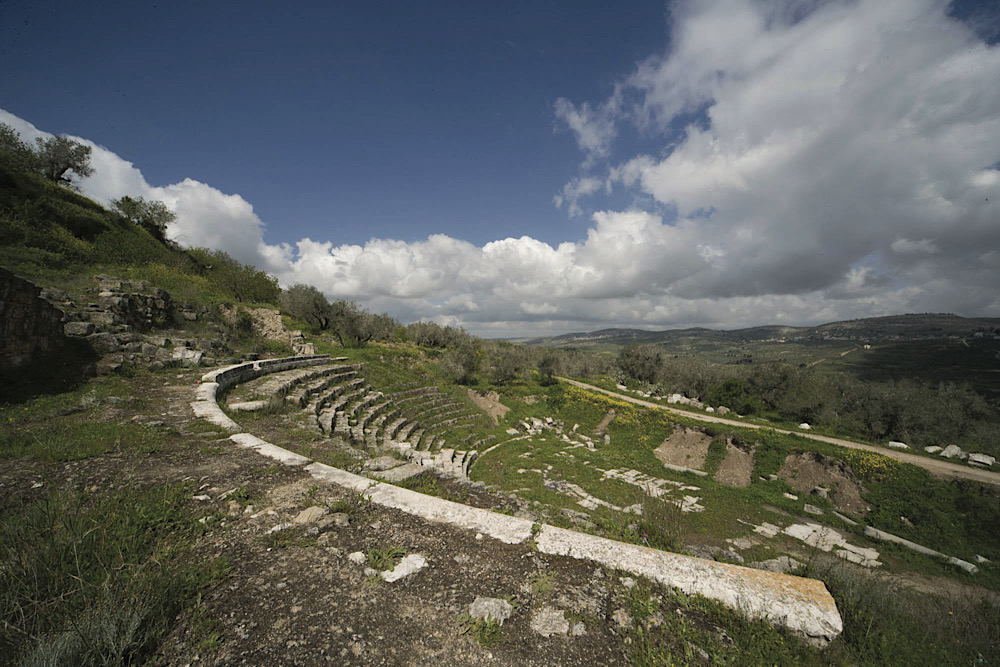
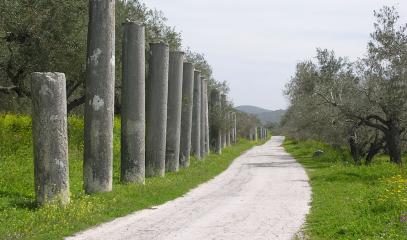
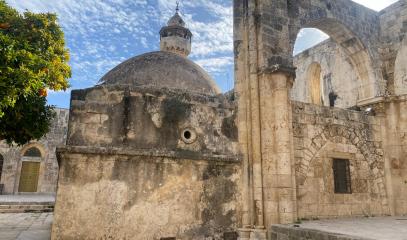
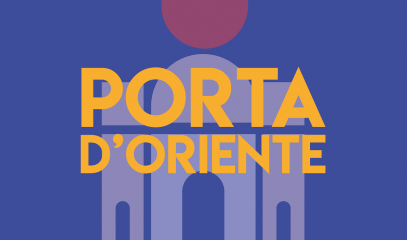

.png)
